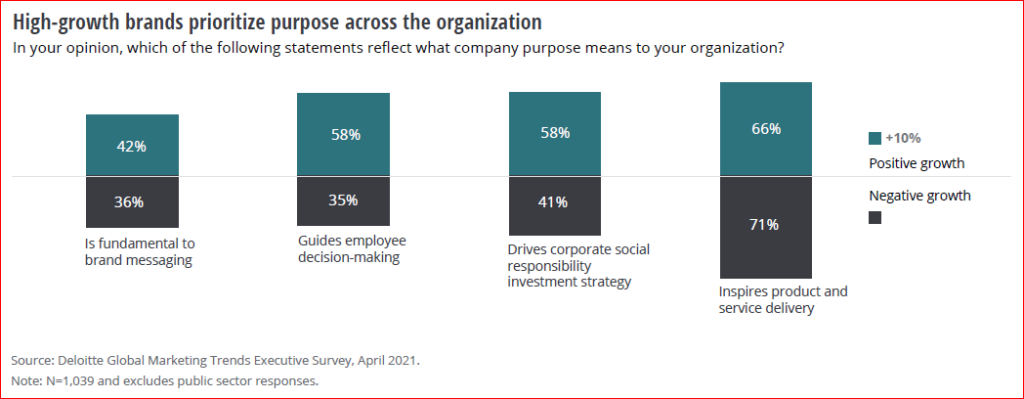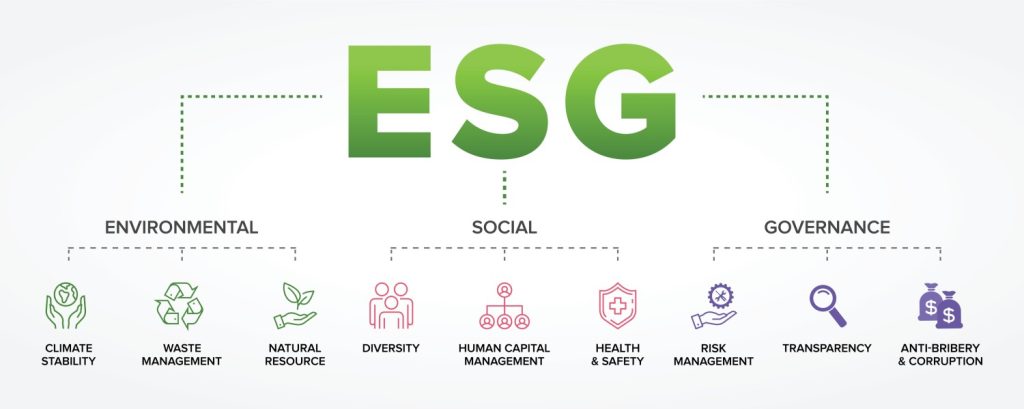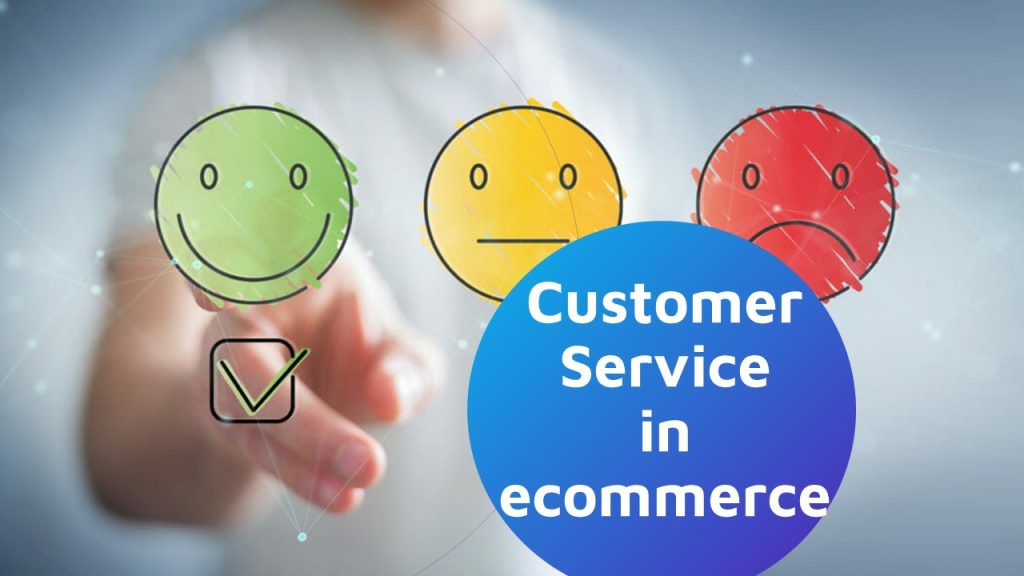The New Normal
The latest UN report, Climate Change 2022, recently released by the IPCC ( Intergovernmental Panel on Climate Change) raised a global warning about global warming. And it’s not very encouraging.
Governments are not responding to the previous warnings, and all figures continue to worsen. Consumers are increasingly aware of that and have started taking action. Therefore, they are looking to reduce their carbon print as much as they can, by choosing companies committed to it.
Let aside the fact that climate conditions are objectively becoming more extreme, which is likely to reconfigure some geographic markets.
If you haven’t yet, take a look at our post on what the (short-term) future of e-commerce will look like.
Changes in consumer behavior
This situation has risen consumers’ environmental awareness, including the way they shop and interact with brands. But this goes beyond consumption patterns. Instead, consumers are trying to define their view of a better world, however broad that is.
According to Deloitte’s Retail Trends for 2022, companies with a 10% (or more) growth in 2021 are translating purpose into action to become more environmentally responsible, while companies which have not experienced a smaller growth. It is, then, a competitive advantage.
This is what we call Purpose-driven brands.

Brand activism
Despite the fact that brands look for customers and sales, and tend not to take positions publicly, they are progressively compelled to. Why? Because consumer behavior seems to be more effective than politics when it comes to doing something about climate change.
At this point, only few will be able to dodge the dilemma. Amazon’s Climate Pledge Friendly or Compact by Design programs are good examples. The former is because big data proves buyers actually do look for sustainable products, and Amazon has tons of it. The latter because optimized package shapes and materials are eco-friendly and cost-efficient.
Race, gender, migration, or peace have become relevant matters for society, specifically for younger generations – long-term consumers.
The current polarization may eventually push you to stand for or against something.
Storymaking
Maybe the internet’s history is short. But the microhistories in it are countless and full of twists and turning points. When you read a brand’s story, it usually gives a static picture focused on a particular narrative of the past.
Now, a derivative of the latest disruptive changes is how companies adapt to them in order to keep their audience around. And that obliges them to review their narratives so they can be more relatable to what people relate to.
This is when storytelling becomes storymaking. Storymaking includes audiences and makes them take part in a story (not history), which makes total sense. You’ve probably seen this already.
Authenticity
According to Iterable’s 2021 poll on Consumer Psychology, 87% of consumers are more receptive to a brand when they know its values. Specifically:
- 62% feel more trust toward the brand,
- 44% get to know the brand’s authentic identity in more depth
- 34% believe the brand’s purpose
This means something you may have heard before: authenticity. People are looking for awareness and action, not just words and pledges. And they need to see some consistency between what brands say and what they do.
This means “do as you say, say what you do”.
DEI: Diversity, Equality, and Inclusion
Consumer behavior is shifting towards brand authenticity and a shared vision of the world and its challenges. And this goes across all possible aspects: production, marketing, packaging, and distribution. In one word, ethics.
Diversity, Equality, and Inclusion are social concepts and involve people at all stages. People who work in production, marketing, and design. People who market, distribute, and buy products. And those (potential) buyers may or may not relate to a brand or the values it stands for. In fact, 75% of respondents are more likely to buy from a brand that shows people who look like them in ads.
ESG: Environmental – Social – Governance
Striving for more environmental awareness, and better decision-making within the frame of DEI, ESG is another acronym that is percolating in the ecommerce world.
ESG has become a whole new concept that was previously reserved for environmentalists and has now become an axis for the international market: the preference for brands committed to fighting environmental challenges, with a broader view on:
- Environmental awareness in materials sourcing, production, and carbon print.
- Social value to clients, employees, and communities.
- Governance models prioritizing the better good, trust, and transparency.

Companies that do not take steps towards more honestly sustainable models will be failing to value their communities. And therefore, are more likely to lose clients AND stakeholders who are aware of this changing situation.
Adaptation
If we confront the environmental awareness of consumers and governmental inaction, something surprising arises. Consumer behavior is making more impact and getting better results than regulations. No company wants to be left behind for ignoring what their consumers expect from them. Ignoring customers’ expectations can be a real disruptor.
Sustainability in ecommerce is not a fashion or “just a word” anymore. It’s a proper trend that cannot be ignored.
What you can do
Ecommerce isn’t about brands or products, but about customers. Adapting to what they want may be costly and time-consuming, but above all, it’s about lowering your business’ risks: from logistics to your reputation. So, in a nutshell, here are a few hints to consider:
- Listen to your audience and stay up to date on your audience’s behavior.
- Redefine your brand’s purpose, and act consequently.
- Examine your sourcing and distribution chains, and explore their optimization.
- Consider new suppliers, from manufacture to final delivery.
- Launch purpose-driven initiatives on Social Media and other channels. Involve your audience in your particular revolution. Show how diverse your team is, or what actions you plan to take to make your product more sustainable.
- Review your packaging design. Replace plastic as much as you can. Paper and cardboard can work as well in numerous products. Not only will you prove to your customers how much you care for the environment, but also get the chance to surprise them with an original design and a unique unboxing experience – which can then be shared and used for promotion.
Have we mentioned…
Since you made it down here, you should know packaging design is one of our specialties.
You can check out some of our work and schedule your call to GET A FREE CONTENT AUDIT or tell us about your project. We sure can help!



